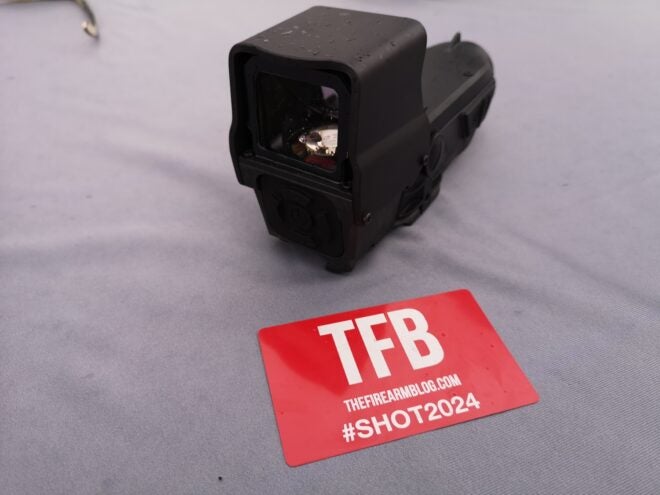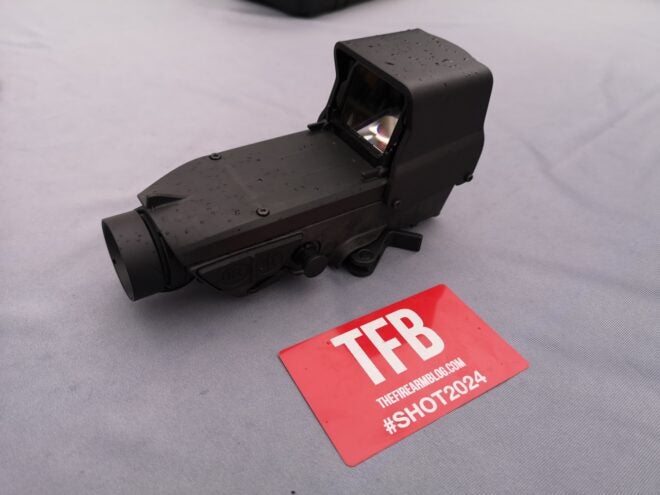The 2024 SHOT Show saw the debut of the THALES XTRAIM Hybrid Thermal Weapon Sight. Optimized for rifles and light machine guns (LMGs), the XTRAIM provides a decisive operational advantage by facilitating advanced target acquisition in any light condition.

The XTRAIM Hybrid Thermal Weapon Sight stands out for its innovative features such as its hybrid thermal modes using a 40×512 micron thermal imager. Uniquely, the sight’s capabilities allow for ‘decamouflaging’ of targets, effectively setting them apart from their surroundings to improve target acquisition during both day and night operations. A unique attribute of this optic is its direct view mechanism, which remains usable while operating even with night vision goggles, demonstrating unique I²/IR fusion.
The optical prowess of XTRAIM doesn’t compromise on user comfort; it features an adaptive reticle that can accommodate any weapon and ammunition combination, with reticle size ranging from 1.2 to 3.6 MOA. It conveniently runs on 2x CR123 batteries, guaranteeing approximately seven hours of operation in hybrid mode or 500 hours solely with the reflex sight. Eye relief is set at 90mm.
Thales has managed to optimize the weight and size of the XTRAIM, keeping it under 530g and 170mm in length. This impressive compact dimension paired with a strategically balanced center of gravity, sets it apart significantly from comparable thermal sights in the market.


Christophe Salomon, Executive Vice President, Land and Air Systems said, “The outstanding optical, electronic and mechanical expertise of the teams from Saint-Héand, Thales’s global center of excellence for soldier optronics, has made it possible to design and develop a solution with our customers, for our customers, that offers the best operational capabilities available today. XTRAIM is nothing short of a revolution for the armed forces.”

Specs summary:
 Your Privacy Choices
Your Privacy Choices
![[SHOT 2024] Hands on With the THALES XTRAIM Hybrid Thermal Weapon Sight](https://www.thefirearmblog.com/blog/wp-content/uploads/2024/01/IMG_20240122_121440-660x495.jpg)